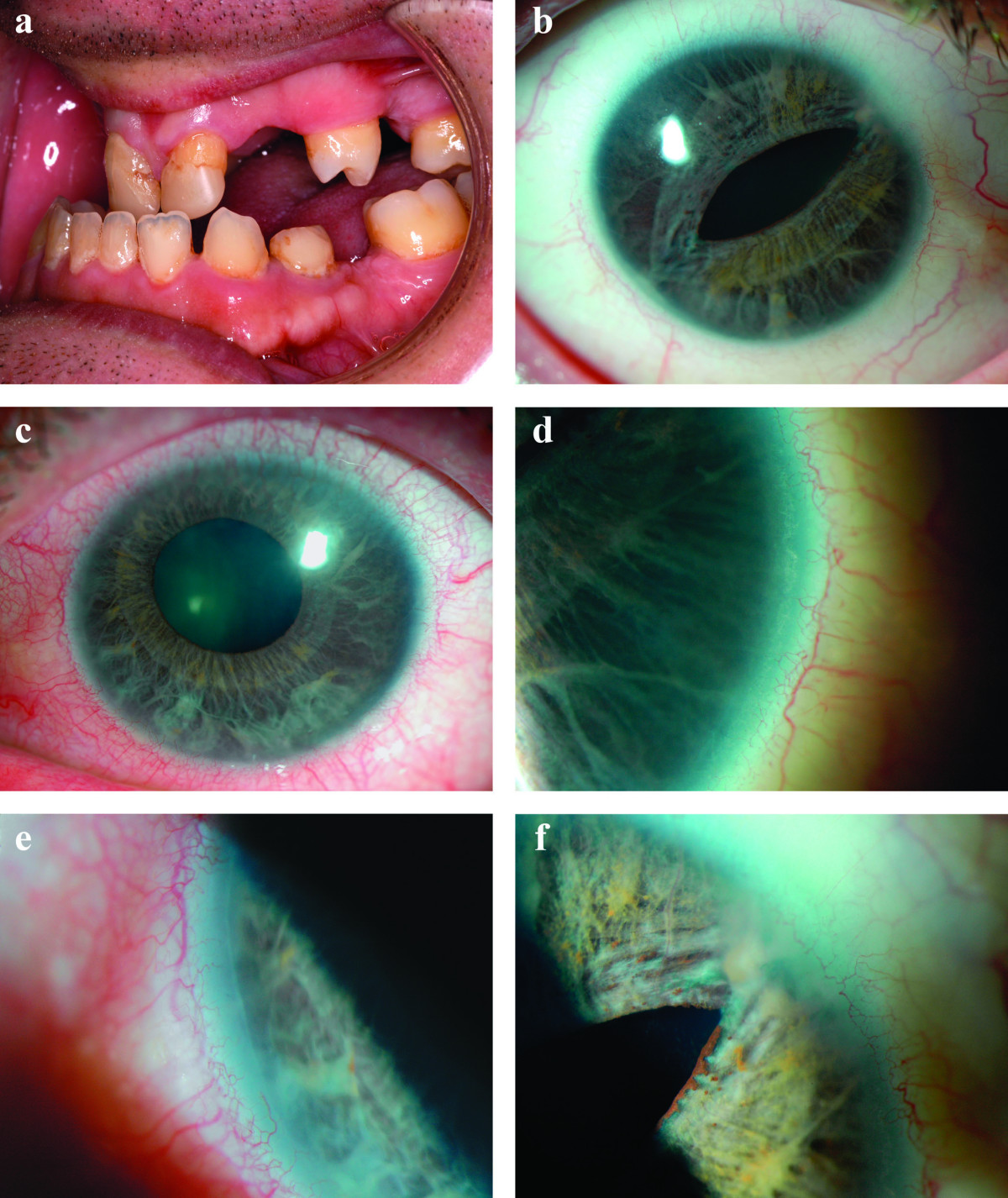Axenfeld-Rieger Syndrome, Type 2

Description
Axenfeld-Rieger syndrome is a disorder of morphogenesis that results in abnormal development of the anterior segment of the eye, which results in blindness from glaucoma in approximately 50% of affected individuals. Systemic abnormalities, including cardiac and dental anomalies, are associated.
For a general phenotypic description and a discussion of genetic heterogeneity and nomenclature of Axenfeld-Rieger syndrome, see RIEG1 (180500).
MappingDeletion of 13q14 was described in 2 cases of Rieger syndrome (Akazawa et al., 1981; Stathacopoulos et al., 1987). Phillips et al. (1996) performed linkage analysis of a large 4-generation family and demonstrated that Rieger syndrome was not linked to 4q25 but to markers on 13q14. In this kindred 11 affected and 16 unaffected members were examined. Nine of the affected individuals also showed evidence of glaucoma. With the exception of 1 individual, all of the affected persons also demonstrated one or more systemic abnormalities, including dental and hearing defects, mild craniofacial dysmorphism, hydrocephalus, cryptorchidism, fetal lobulation of kidney, congenital heart defect, and congenital hip abnormalities. The redundancy of the periumbilical skin, which has been described as a common feature of the Rieger syndrome, was found in no affected members of this kindred. One child of an affected individual died in infancy and was said to have had an abnormal navel, but this could not be documented by medical records. Phillips et al. (1996) pointed to forkhead (FOXO1A; 136533) as an excellent candidate for the site of the mutation in this form of Rieger syndrome. They stated that if such mutations are found, this would be an example of a gene that can function both as an oncogene (producing rhabdomyosarcoma) and as a 'teratogene' (producing RIEG2).